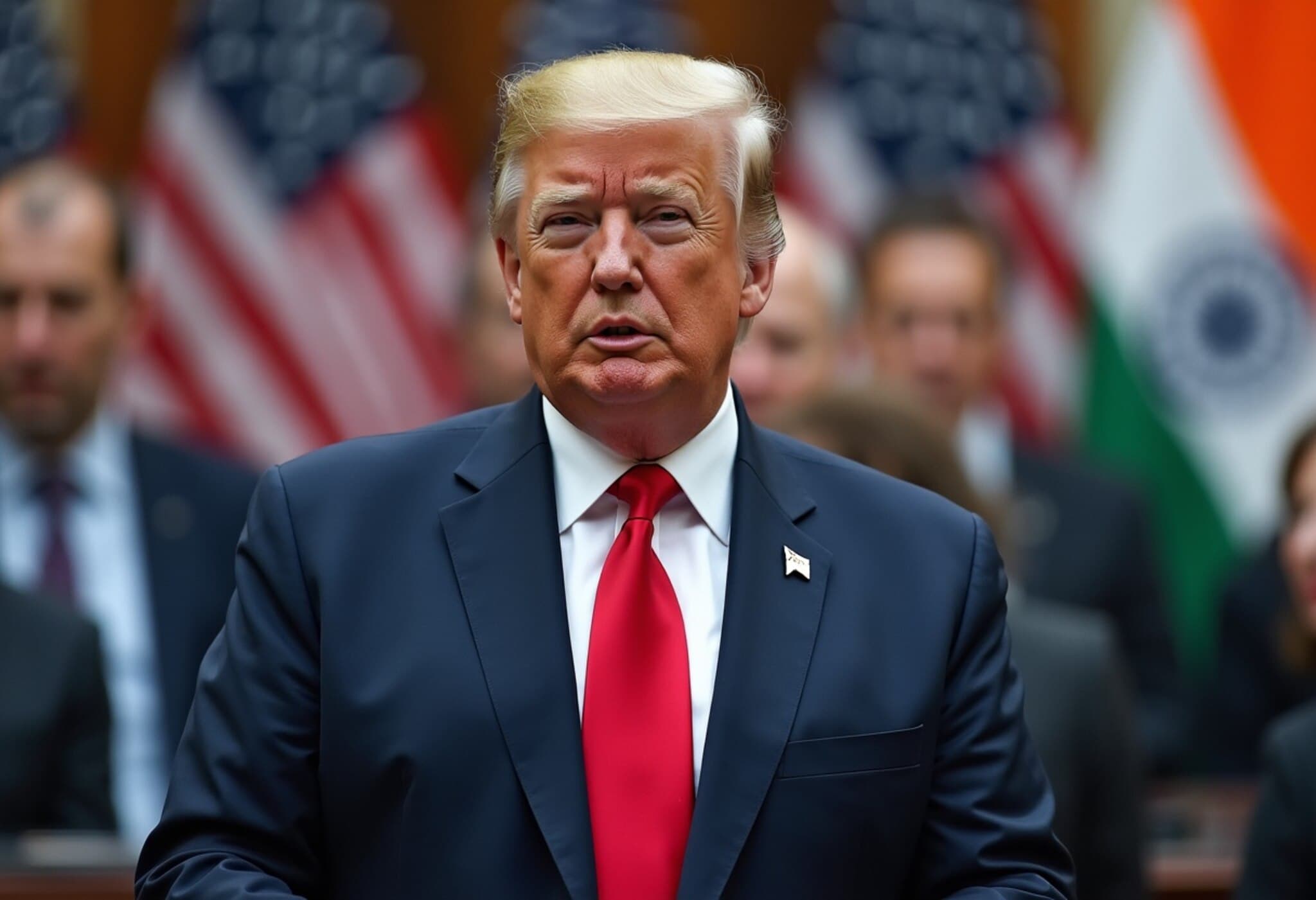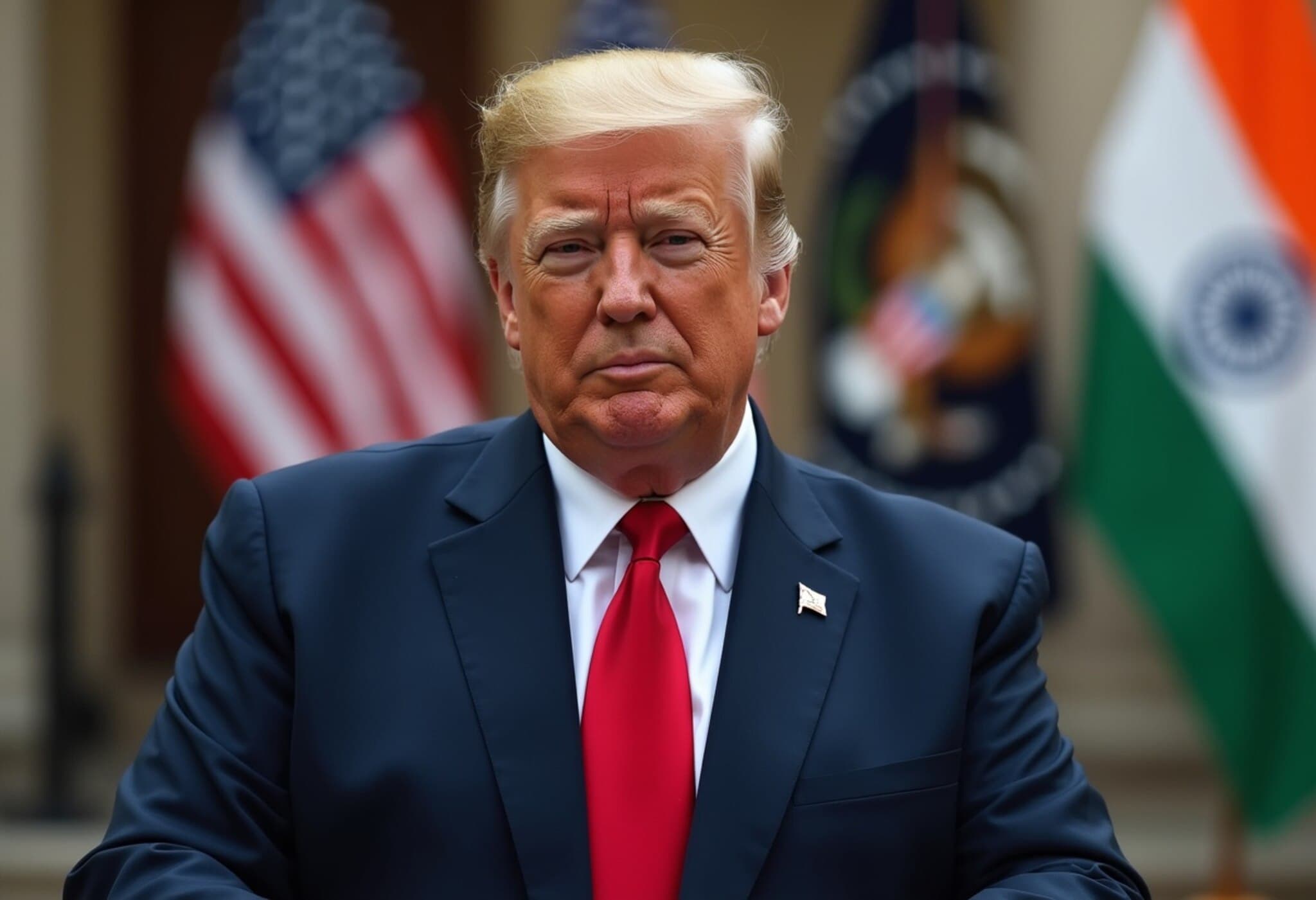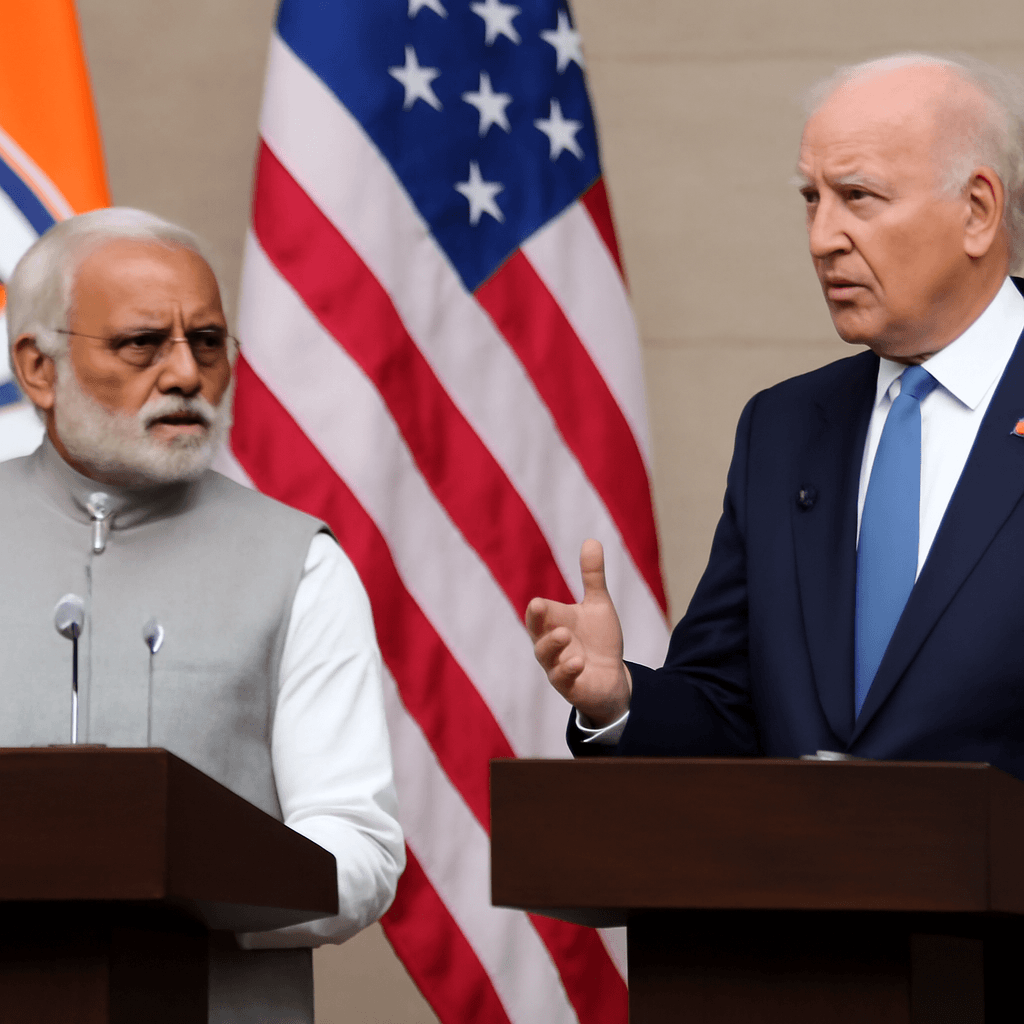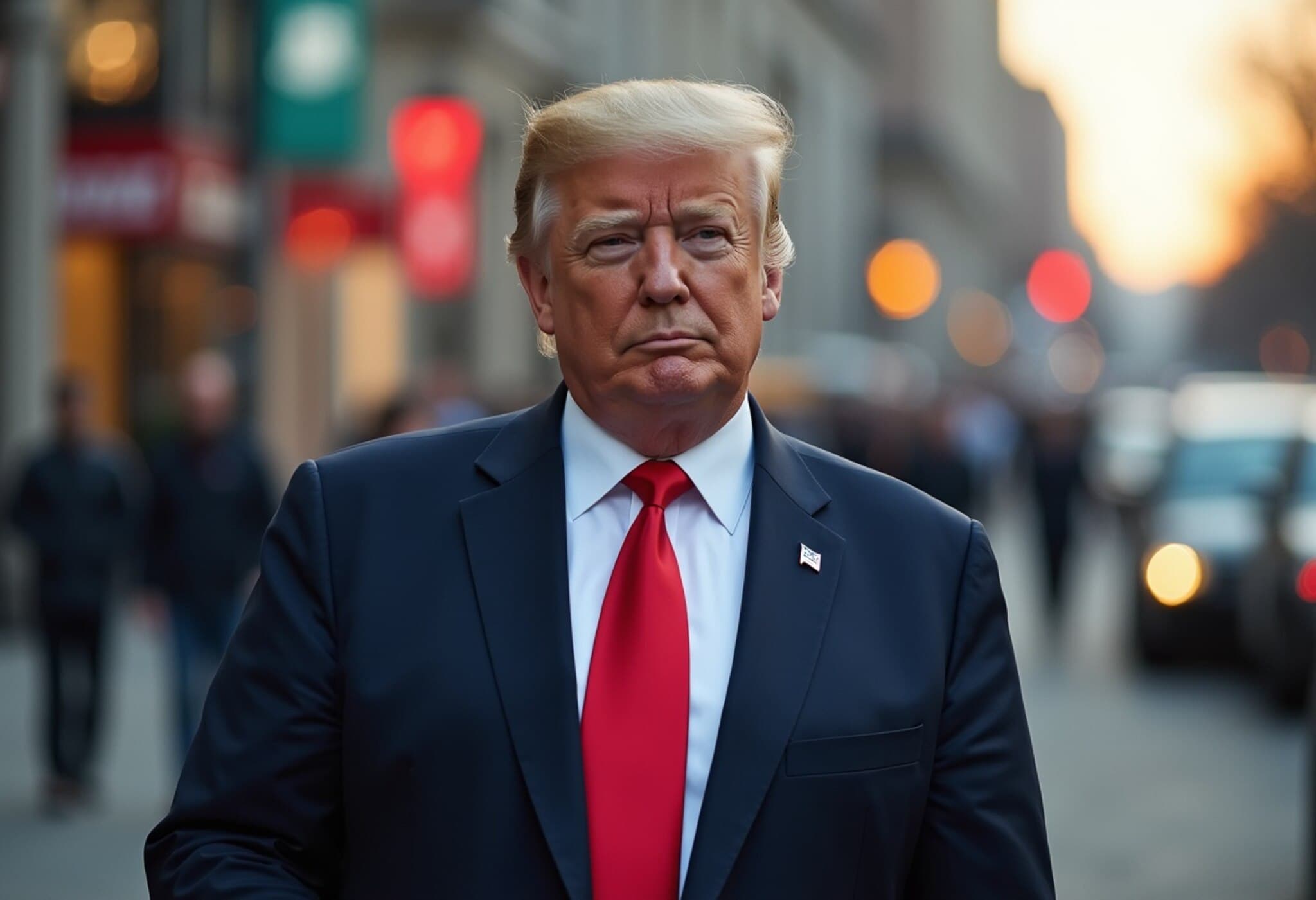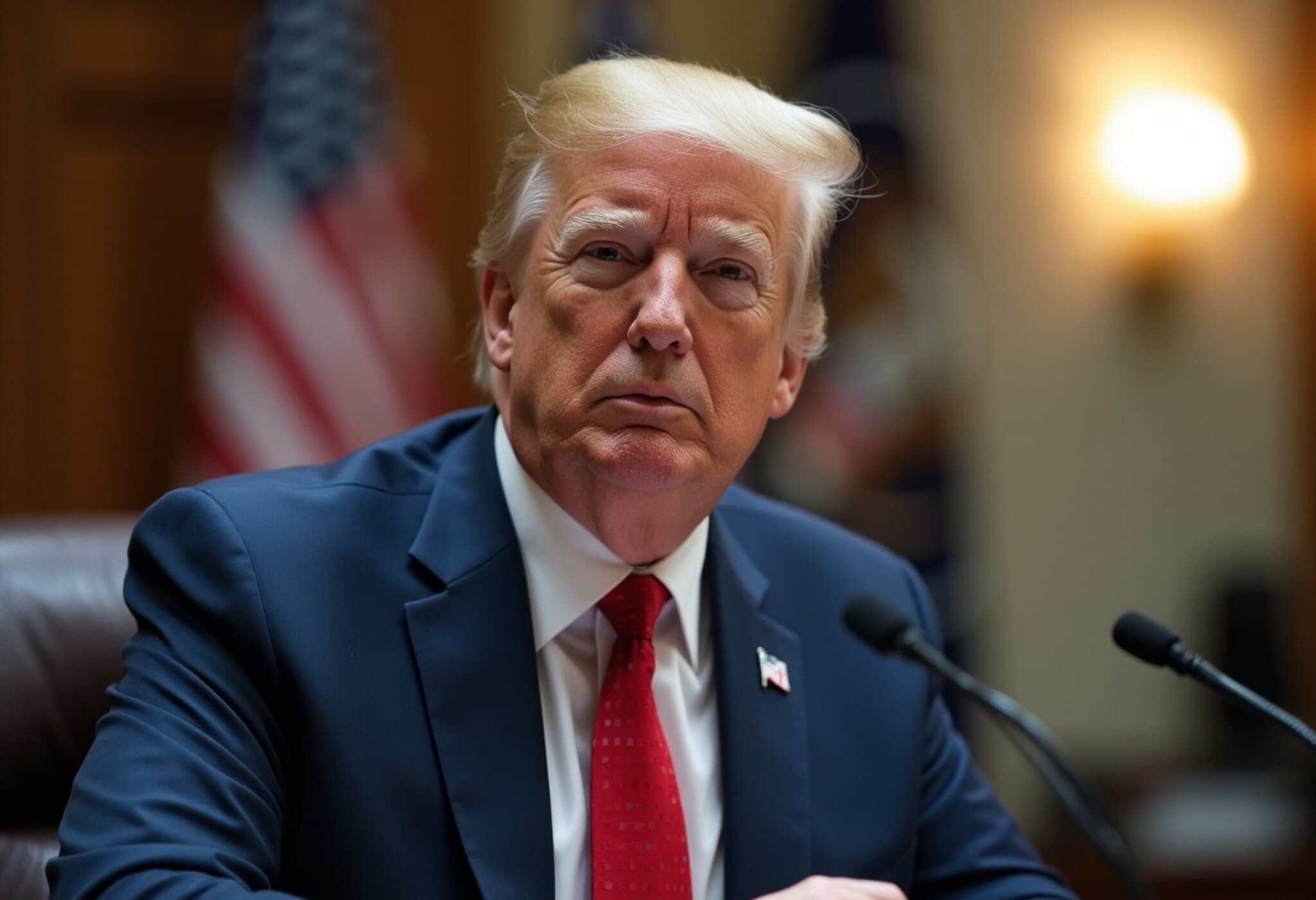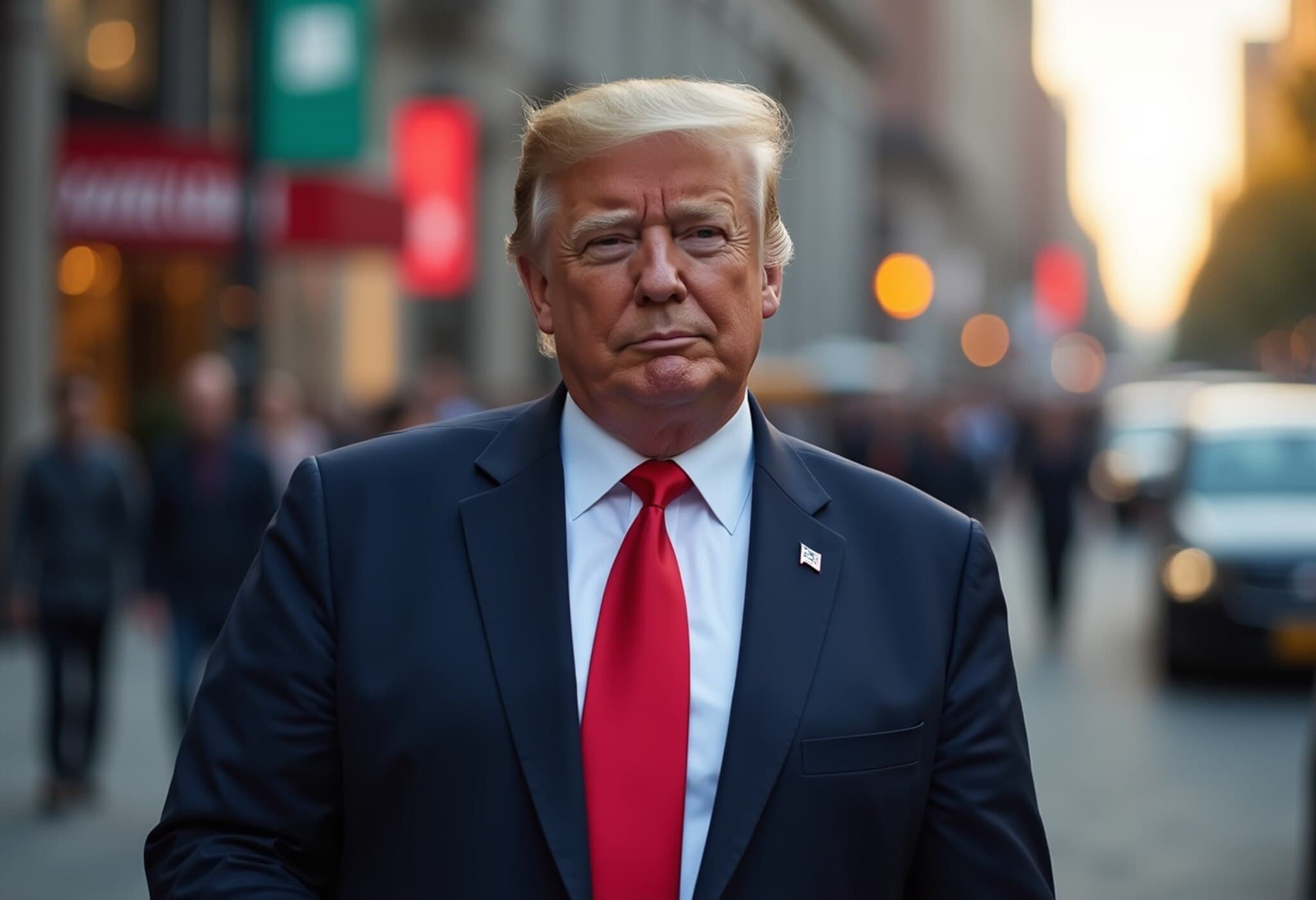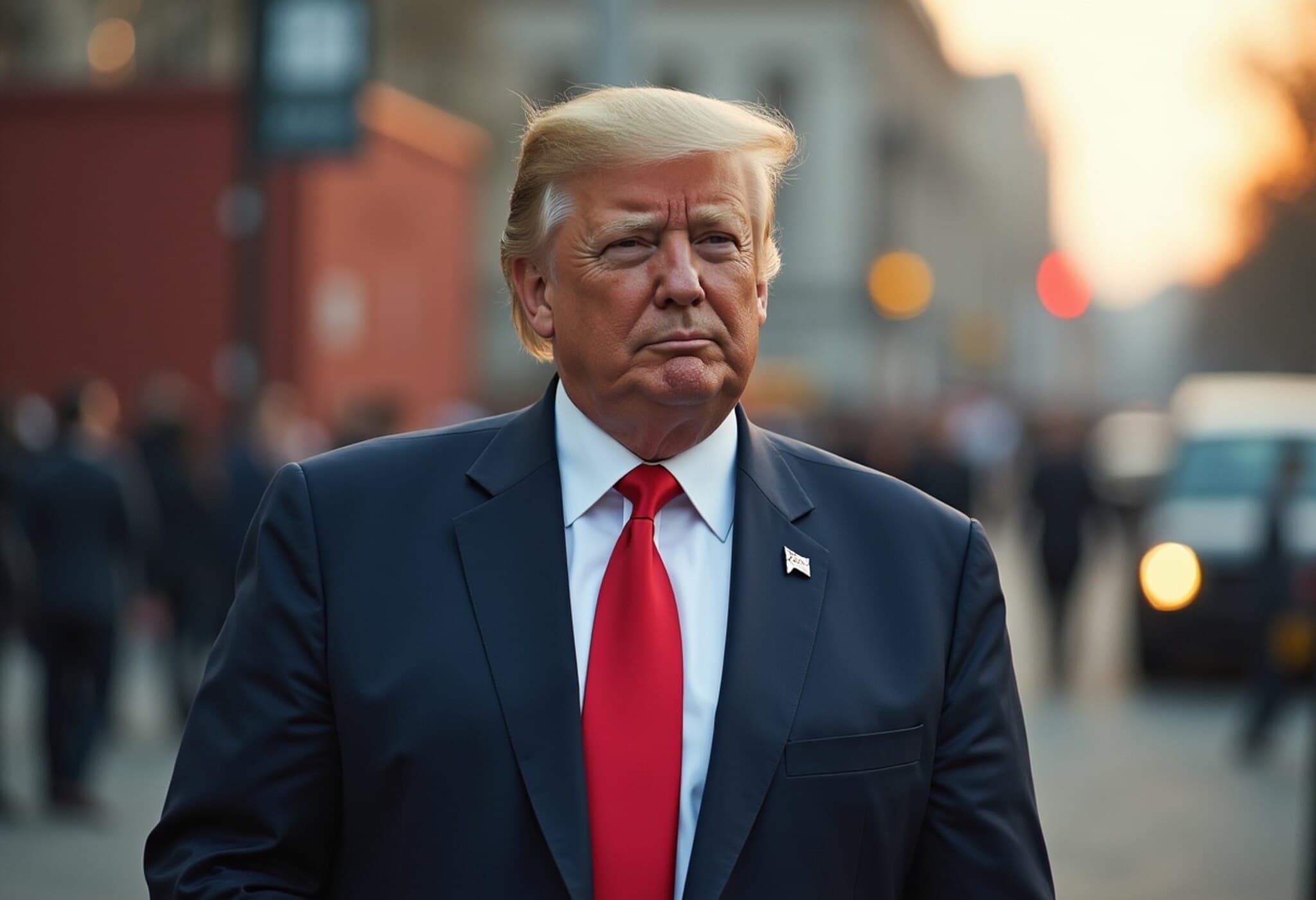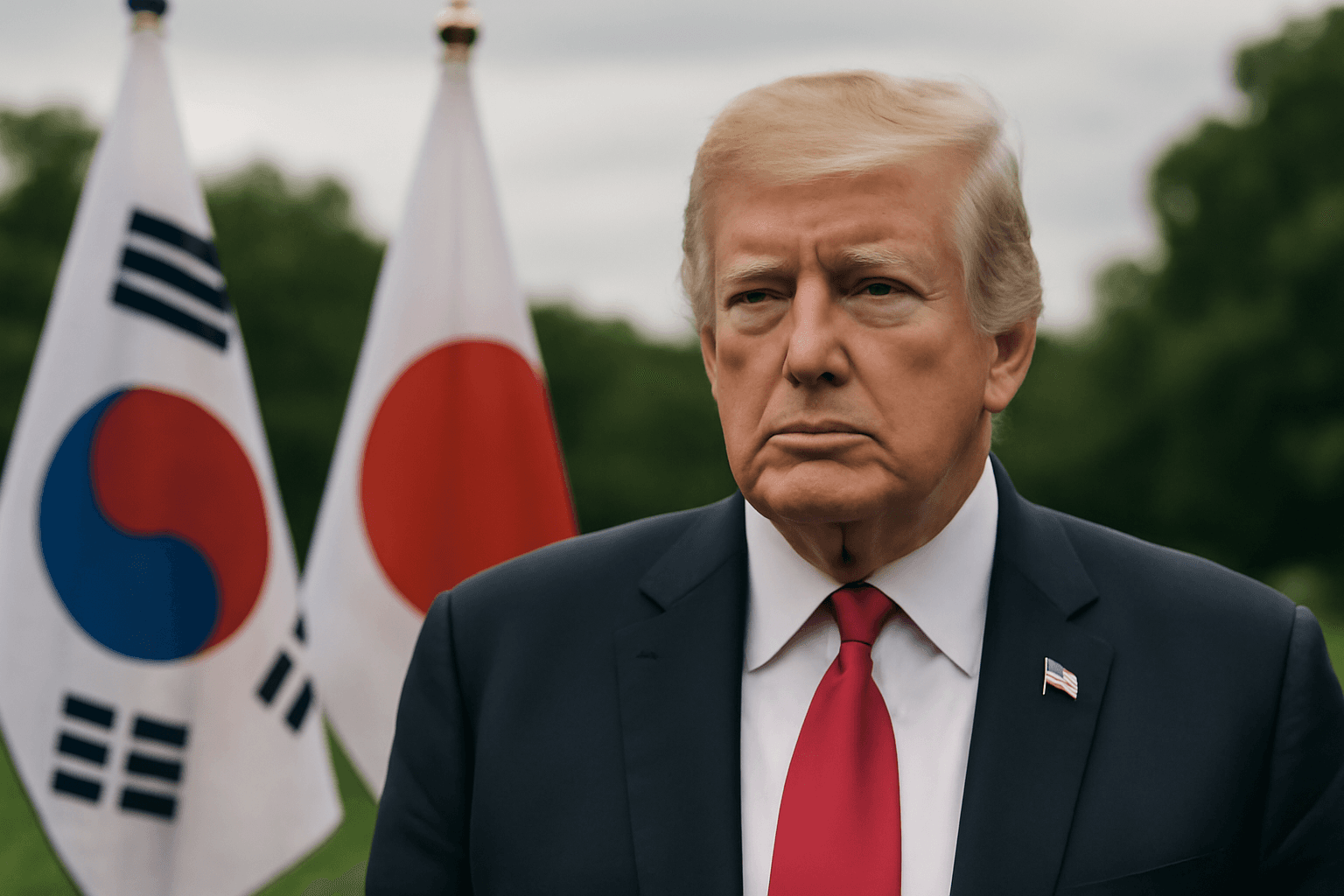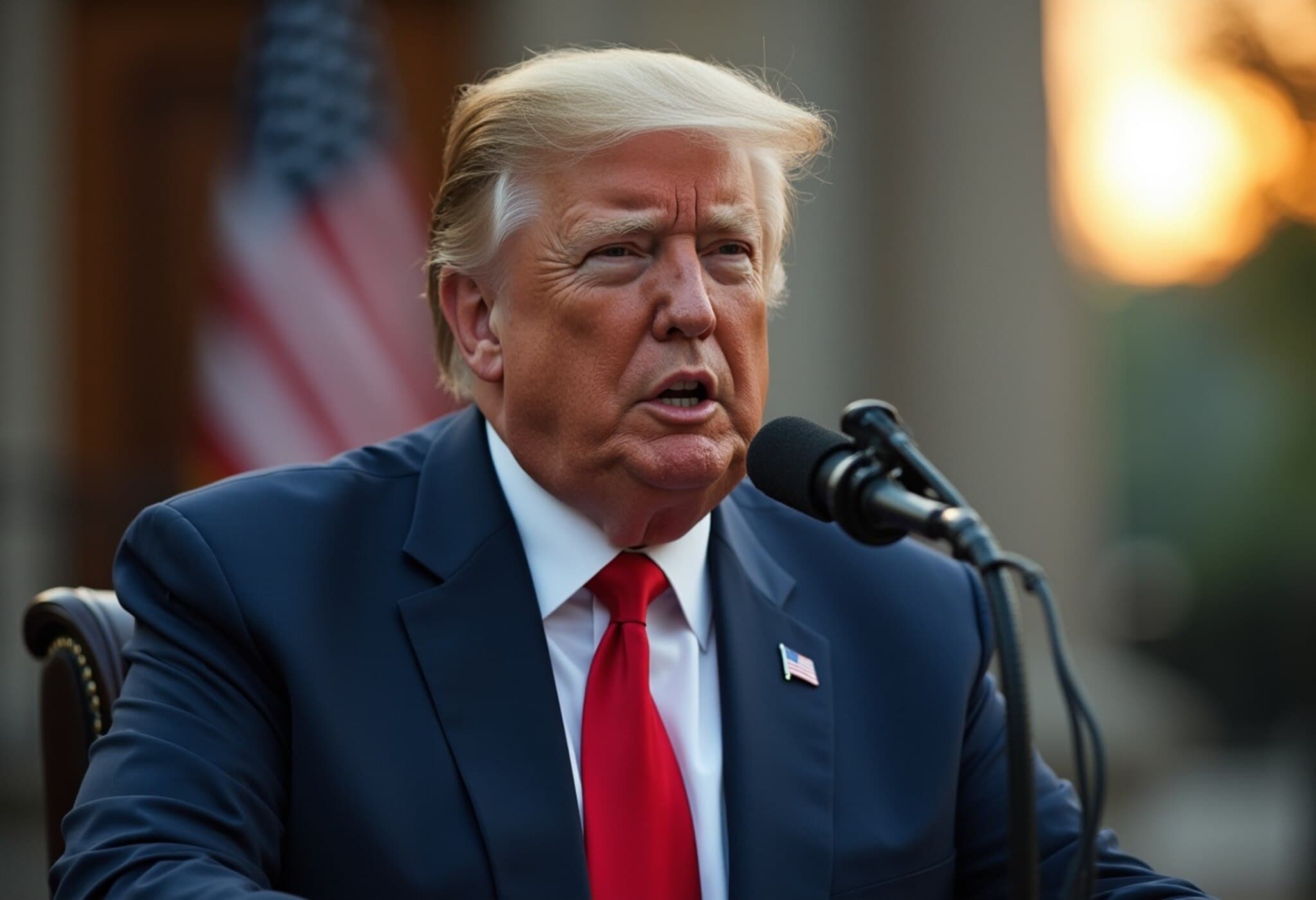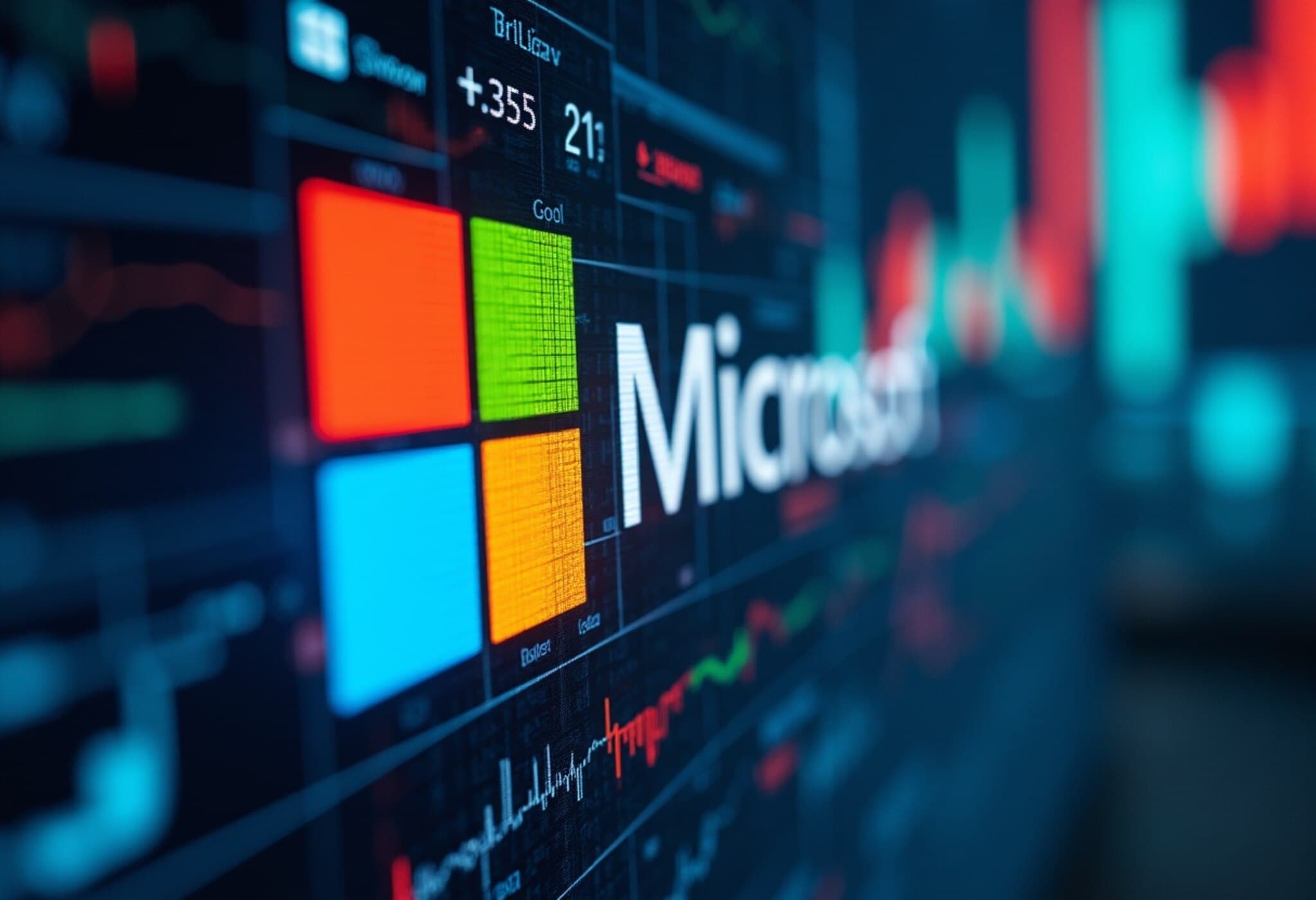Trump's Tariff Hike on India Raises Eyebrows: Strategic Policy or Electoral Play?
In a surprising turn of events, former US President Donald Trump announced the imposition of a sweeping 25% tariff on all Indian imports, set to take effect from August 1, 2025. This aggressive tariff move, accompanied by Trump's signature “MAGA!” slogan, has ignited debate over whether this decision represents a firm stance on trade policy or a calculated signal directed at his domestic political base ahead of the 2026 US midterm elections.
From MEGA to MAGA: A Tale of Two Slogans and Fractured Partnership
Just five months earlier, Prime Minister Narendra Modi, during a landmark state visit to Washington, proudly unveiled India’s vision of Viksit Bharat (Developed India), drawing a parallel to Trump's “Make America Great Again” by coining the phrase Make India Great Again (MIGA). The two leaders had envisioned a robust MEGA partnership rooted in mutual economic growth and strategic collaboration.
However, Trump's recent tariff announcement, coupled with his MAGA sign-off, appears to unravel this joint vision. By labeling India a “tariff king” with “strenuous and obnoxious” trade barriers, Trump sent a clear message: strategic friendship will not override America’s economic interests.
The Tariff Details and Tailored Penalties
- The 25% tariff broadly aligns with similar measures Trump has applied to other Asian exporters.
- Newly introduced penalties specifically target India’s military and oil purchases from Russia—an unusual and pointed addition highlighting political tensions.
- Agricultural trade remains a contentious sticking point, with India unwilling to open its vast rural markets to US subsidized crops, protecting the livelihoods of over 700 million people.
These elements underscore a growing trade discord that sits uneasily against the backdrop of the MEGA vision.
Reading Between the Lines: MAGA’s Domestic Resonance
The conspicuous use of “MAGA!” at the end of the tariff announcement can hardly be dismissed as mere flourish. Trump’s base has recently expressed dissatisfaction with what they perceive as his softness towards India, notably following the appointment of a Chennai-born executive as head of US AI policy and hints at easing immigration for skilled Indian workers.
Many analysts suggest that the tariff and the MAGA tag serve dual functions: a firm message to India on trade standards and a performance crafted to boost Trump’s domestic standing among voters skeptical of his India policy stance.
Experts Weigh In:
Trade experts describe this pattern as “TACO” (Trump Always Chickens Out), where trade threats intensify but are often followed by last-minute concessions to seal deals. Trump's recent openness to negotiating tariff reductions in exchange for broader trade concessions hints that this hardline approach might be part of broader strategic negotiations.
India’s Calculated Response & The Road Ahead
India’s government has firmly stated its commitment to pursuing a fair, balanced, and mutually beneficial trade agreement with the United States. Officials emphasize a thorough examination of tariff impacts while maintaining diplomatic channels open.
Given the complexity of US-India relations—spanning economic interests, geopolitical concerns (notably Russia’s influence), and democratic partnership—the unfolding tariff saga demands close attention. Will this hardened tariff stance evolve into a breakthrough deal, or will it deepen mistrust between two democracies poised to be global powerhouses?
Why It Matters: The Bigger Picture
This episode offers a revealing window into the interplay of international diplomacy and domestic politics. It articulates a fundamental tension in US foreign policy: balancing economic nationalism with strategic alliances, especially in a world steadily recalibrating post-COVID and amid rising geopolitical rivalries.
Moreover, the symbolic cross-pollination of slogans—MEGA and MAGA—and their recent collision reflects broader challenges of aligning American and Indian political visions amid voter pressures and global economic realities.
Questions for the Future:
- Can US and India reconcile tariff disputes without sacrificing strategic partnership?
- Will Trump’s tariff escalation translate into long-term policy, or fade as electoral theater?
- How will this impact sectors critical to both economies—technology, agriculture, defense?
Editor’s Note
The imposition of a 25% tariff on Indian imports amidst a backdrop of high-profile political slogans and strategic ambitions encapsulates the complexity of US-India relations today. As two global democracies navigate competing economic priorities and domestic political pressures, this tariff episode underscores the delicate balancing act between safeguarding national interests and nurturing international partnerships.
Readers are encouraged to consider not just the economic implications but the broader geopolitical context—including US domestic electoral strategies and India’s rise on the world stage—that shape these unfolding developments. The resolution of this trade standoff may well set the tone for international trade diplomacy in the years to come.

